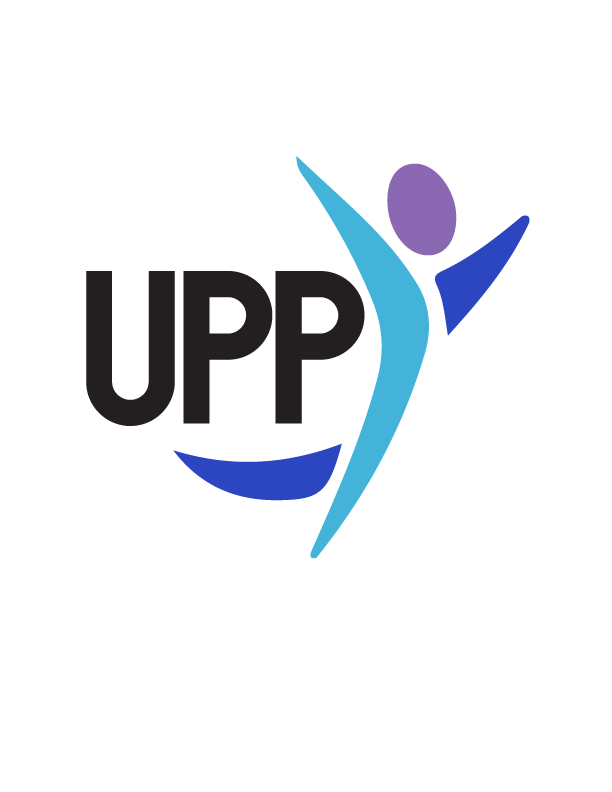WEEK 16- Intrinsic Motivation
Equipment Required
Pen and Paper
PERMAH Element
Engagement and Accomplishment
Teachers to read and facilitate the following:
Rationale
Motivation is our willingness to do something, along with the feelings that compel us to take action. Sometimes motivation comes to us when the feelings of staying the same become worse than the feelings we will get when we change our behaviour. For example the feeling of disappointment in a test result can motivate us to work harder and spend more time studying next time. It is unlikely that we will be motivated after looking at a cute kitten poster saying ‘you can do it’. The latest research according to Daniel Pink suggests that we are either extrinsically motivated (having an external reward or punishment for motivation) or intrinsically motivated (being self motivated). We are most motivated in working towards the intrinsic goals of mastery, autonomy and purpose. i.e. Mastery- the want to becoming a master at something; autonomy- self-direction; and, purpose- doing something meaningful beyond ourselves. The hardest part of motivation is getting started. Once we have made even a small step towards a goal, this produces momentum that can lead to having small wins, and more motivation.
Description of Personal Wellbeing Practice: Intrinsic motivation
Let’s identify some instances in our lives where we have used intrinsic motivation, fuelled by purpose, autonomy and mastery. Record your answers to the following questions.
(Purpose) When was a time when you felt motivated to do something that was meaningful and purposeful or something that would benefit others (raising money for a good cause, helping someone who dropped an item at the shops)?
(Autonomy) When have you felt ownership of your work or a task and were able to choose to self direct? (chosen a topic for an assignment, chosen a sport to play at school).
(Mastery) When have you been really motivated to get better at something that mattered to you? (riding a skateboard, playing an instrument).
In future, when working on tasks at school or home, it may be helpful to consider if we can connect the task to autonomy, mastery or purpose.
Main message:
“The secret to getting ahead is getting started.” Mark Twain
UPP’s Personal Wellbeing Practices
A Personal Wellbeing Practice (PWP) is an evidenced-based positive psychology intervention, applied in school communities or other educational settings. At UPP, we have tried to make these PWP’s simple, concise and relevant for students and their teachers. The six elements for the Personal Wellbeing Practices are: Positive emotion (P); Engagement (E); Relationships (R); Meaning (M); Accomplishment (A); and, Health (H).
We hope that these evidence-based tools of positive psychology will enhance help people to thrive and live their best life, both within and beyond the school gates.
For more activities like this (and much more), check out THRIVE Online Lesson Modules for Pastoral Care and Wellbeing.
Unleashing Personal Potential

